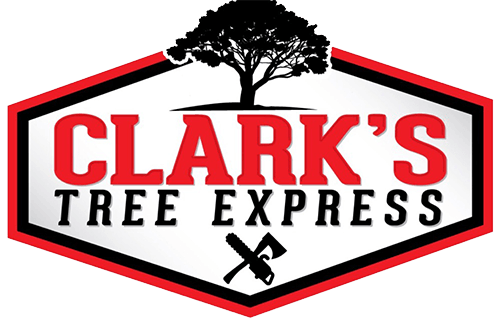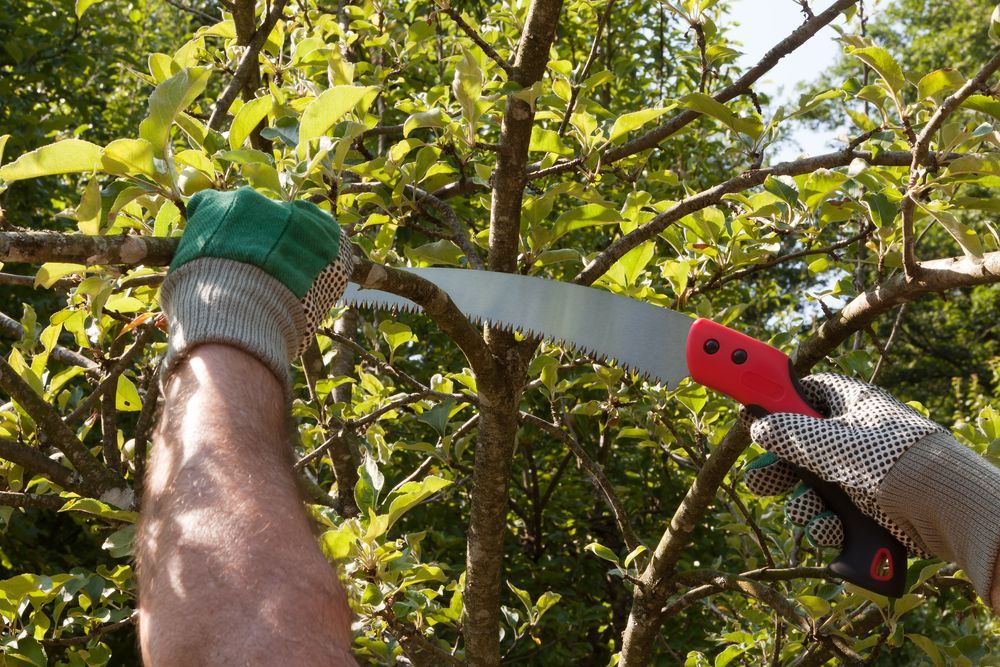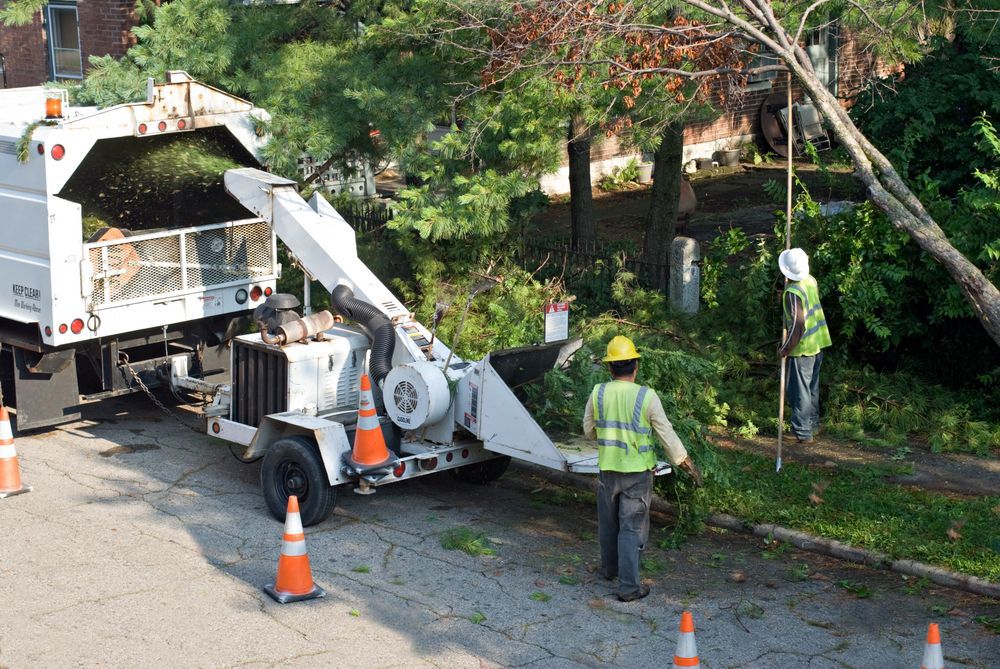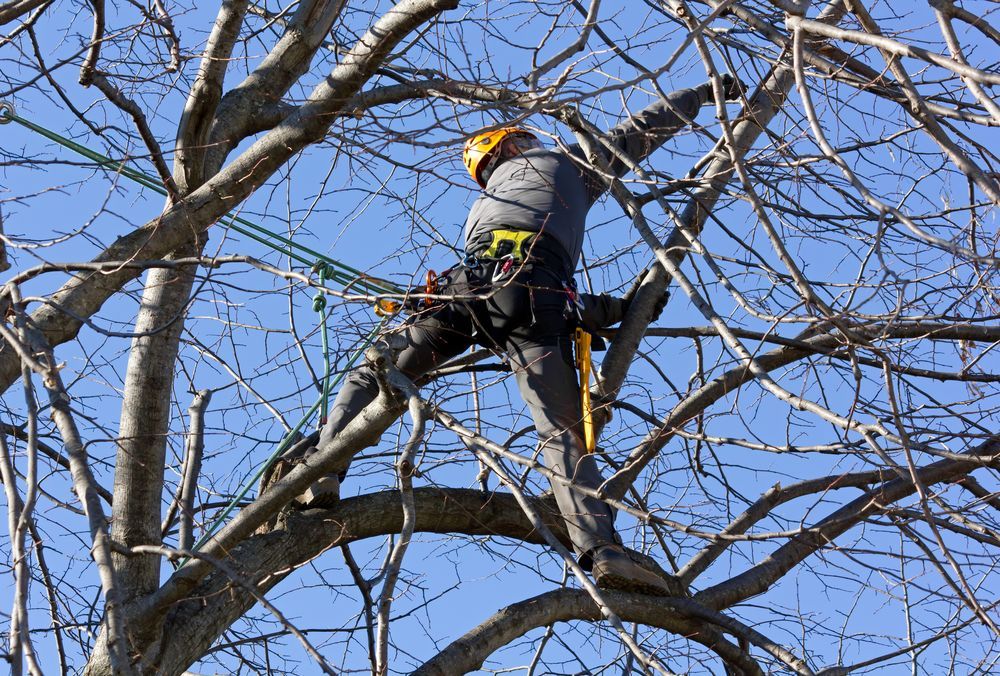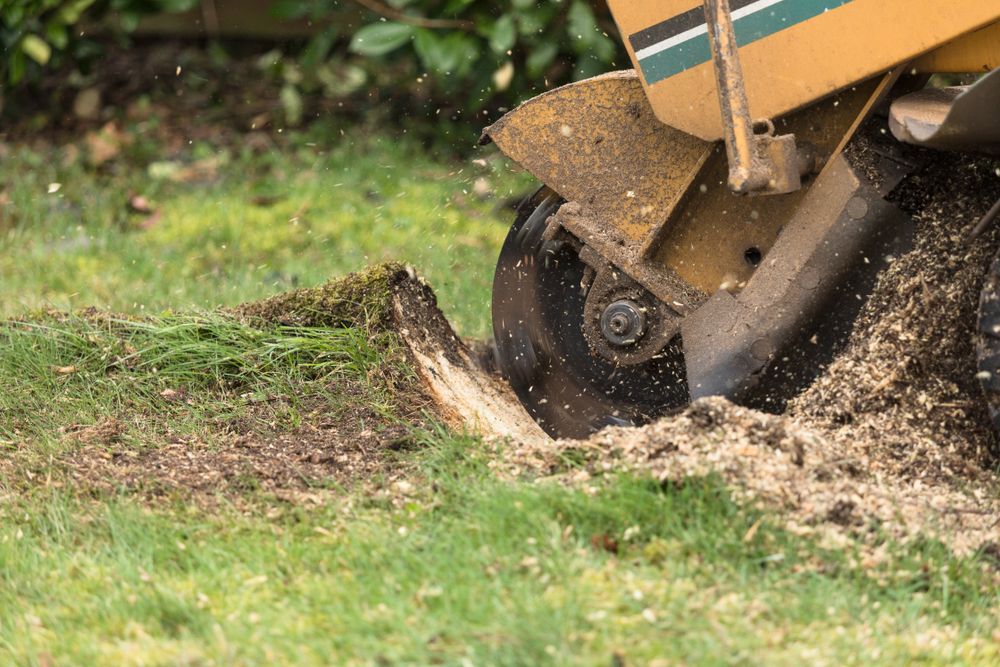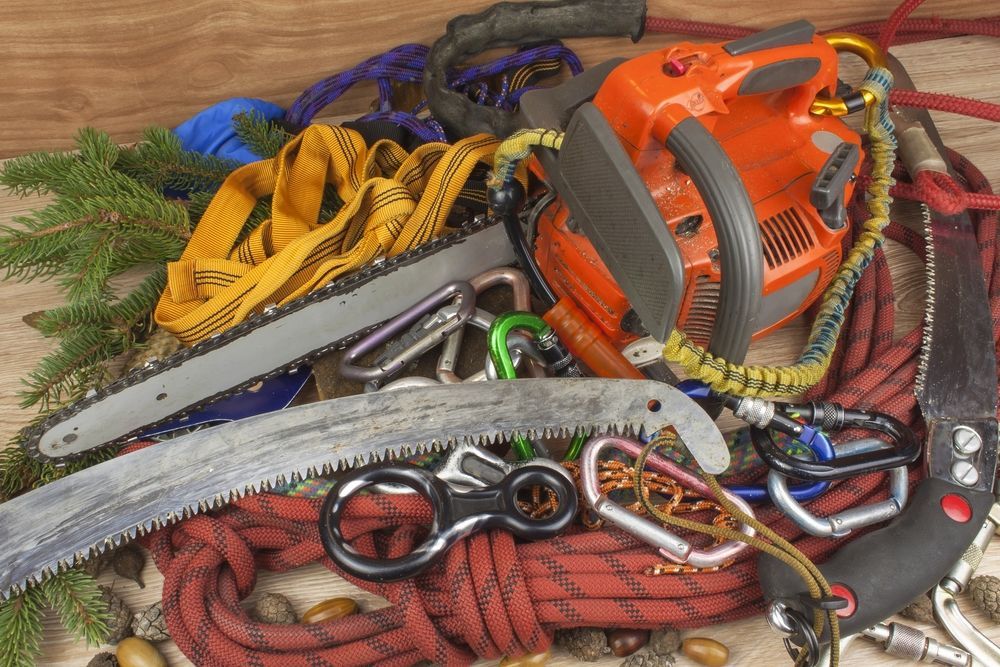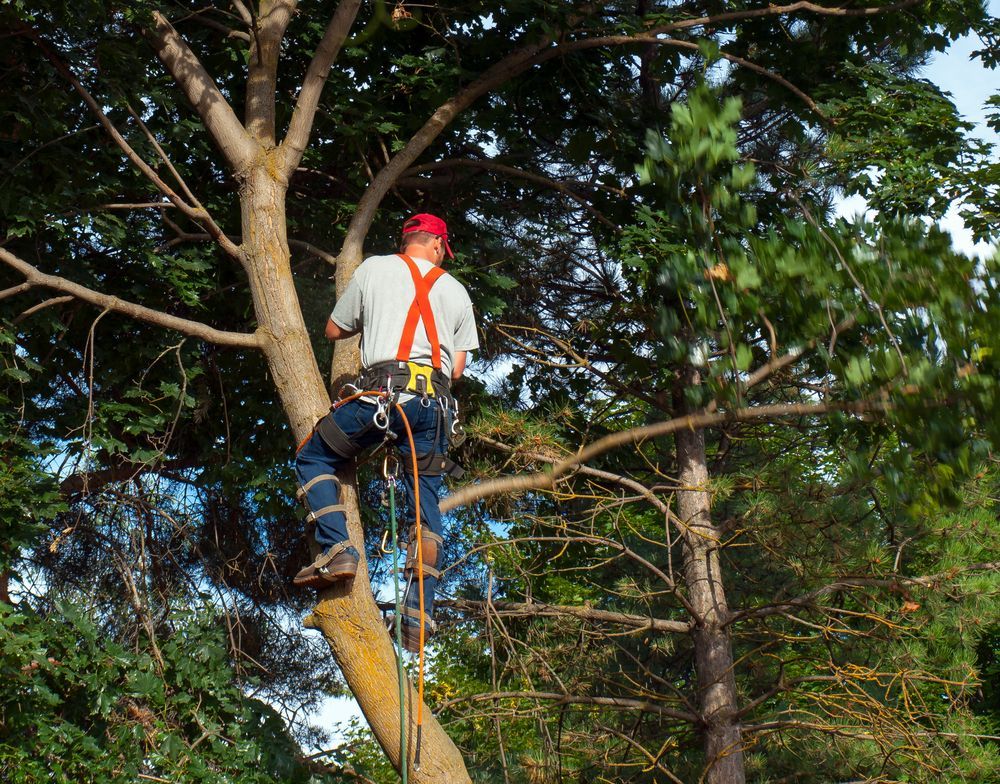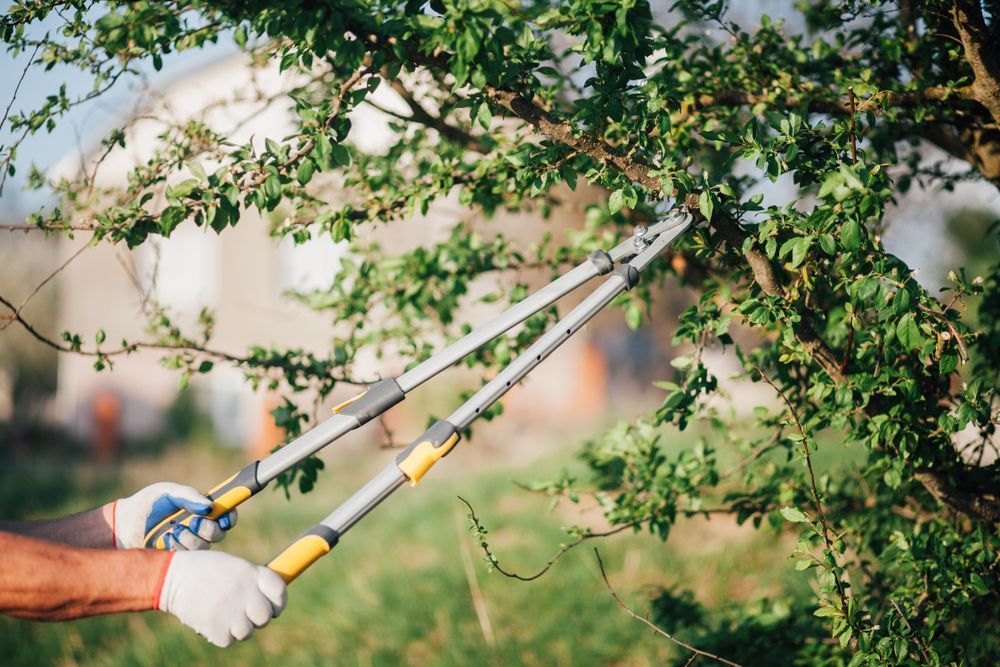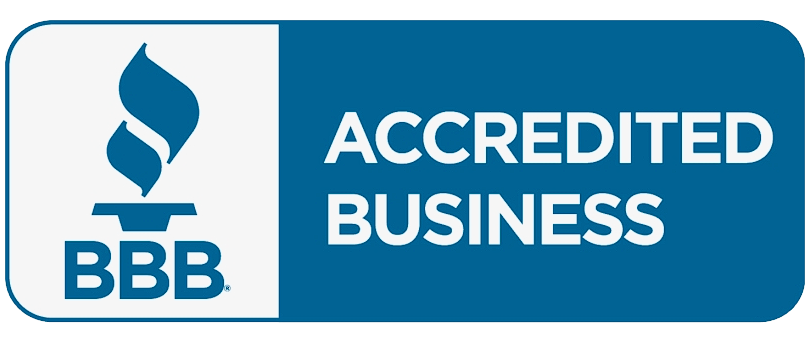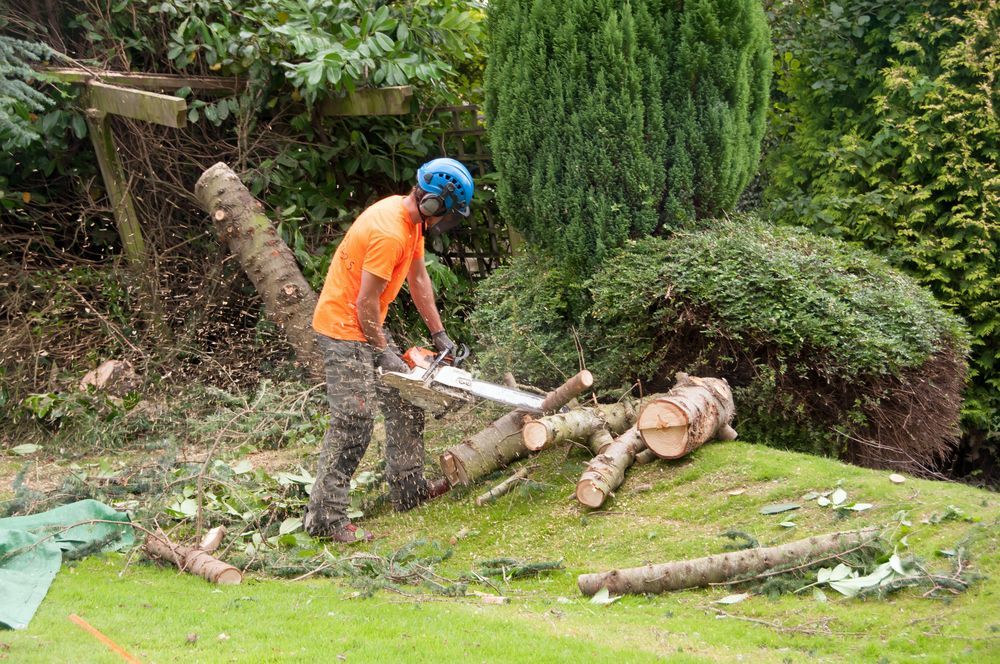
How Emergency Storm-Damage Tree Removal Works 24/7 in the Lake Norman Region
The Lake Norman region is no stranger to severe weather. From powerful summer thunderstorms to hurricane remnants sweeping inland, high winds and heavy rain can bring down trees without warning. For homeowners, a fallen tree can mean blocked driveways, crushed vehicles, or even structural damage to the home itself.
When disaster strikes, knowing how emergency storm-damage tree removal works can give homeowners peace of mind. In this article, we’ll explain the process, what to expect from a 24/7 response team, and why professional tree services in the Lake Norman area are essential for safety and recovery.
What Is Emergency Storm-Damage Tree Removal?
Emergency storm-damage tree removal is the immediate, around-the-clock service of clearing fallen or dangerously unstable trees after severe weather. Unlike routine trimming or scheduled removals, this type of service is urgent and often performed under difficult conditions.
Here are the main reasons this service is so important in the Lake Norman region:
- Safety first
Storm-damaged trees can hang precariously on roofs, vehicles, or power lines. Quick removal prevents further harm to people and property. - Preventing secondary damage
A branch leaning on your home may seem stable, but with each gust of wind, it could cause major structural issues. Fast action avoids escalation. - Restoring access
Fallen trees commonly block driveways, streets, and even emergency access routes. Timely removal ensures mobility and access. - Reducing long-term costs
Prompt removal minimizes the risk of structural weakening, mold, or water damage, saving homeowners from expensive repairs.
In the Lake Norman region, professional crews are equipped with heavy machinery, safety gear, and expertise to handle these emergencies—day or night.
The Emergency Removal Process
Understanding how professionals respond to storm-damage calls helps set clear expectations. Here’s what typically happens when you call a 24/7 tree service:
- Initial Emergency Call
- The homeowner calls a 24/7 hotline.
- A dispatcher gathers details: tree location, extent of damage, and whether there are immediate hazards (power lines, blocked entrances).
- Rapid On-Site Assessment
- A crew arrives as quickly as possible.
- They assess tree condition, potential risks, and what equipment will be required.
- Safety protocols are put in place, especially if live power lines are involved.
- Stabilization and Hazard Reduction
- If a tree is leaning or at risk of further falling, the crew may stabilize it before cutting.
- Chainsaws, cranes, or spider lifts may be used depending on the size and placement of the tree.
- Careful Section Removal
- Damaged limbs and trunk sections are cut away systematically.
- Heavy branches are often roped or lifted to prevent sudden falls.
- Debris is cleared to restore safe access.
- Final Clean-Up and Risk Check
- Crews remove or grind stumps if required.
- Remaining trees in the area may be inspected to prevent repeat incidents.
This entire process can take anywhere from an hour to a full day depending on the severity of the storm damage and the size of the tree.
How to Prepare and What Homeowners Should Do
When storms hit, homeowners can feel helpless. Here are steps to follow before and after calling an emergency removal service:
- Stay clear of damaged trees
Do not attempt DIY removal, especially if power lines are involved. - Call emergency services if needed
If lines are down or blocked, contact utility providers and 911 first. - Document the damage
Take photos of fallen trees and property damage for insurance purposes. - Call a licensed, insured tree service
Not all tree companies are prepared for emergencies. Make sure you contact a certified and insured provider with 24/7 availability. - Schedule follow-up care
Once the tree is removed, consider preventive pruning or cabling for nearby trees that may also be vulnerable.
FAQs
- How fast can emergency tree removal crews arrive in the Lake Norman region?
Most professional services aim to arrive within a few hours of the call, depending on storm severity and local demand. - Is emergency storm-damage tree removal covered by insurance?
In many cases, homeowner’s insurance covers tree removal when a tree damages a structure. Coverage for yard-only incidents may vary by policy. - What if a tree falls on power lines?
Do not approach. Contact the utility company immediately. The tree service will coordinate with them before removal. - Can I remove a storm-damaged tree myself?
DIY removal is dangerous, especially with large or unstable trees. Certified crews use cranes, lifts, and protective gear that the average homeowner does not have. - How can I reduce the risk of storm damage in the future?
Regular tree pruning, trimming, and cabling strengthen tree structure, making them less likely to fall during storms.
Conclusion
Storms in the Lake Norman region can strike at any time, bringing sudden risks to homes, families, and neighborhoods. Emergency storm-damage tree removal is a critical service that restores safety, prevents costly damage, and ensures peace of mind.
With 24/7 availability, experienced crews, and specialized equipment, homeowners can trust local professionals to respond quickly and effectively. For residents of Huntersville and the surrounding Lake Norman communities,
emergency readiness is only a call away.
